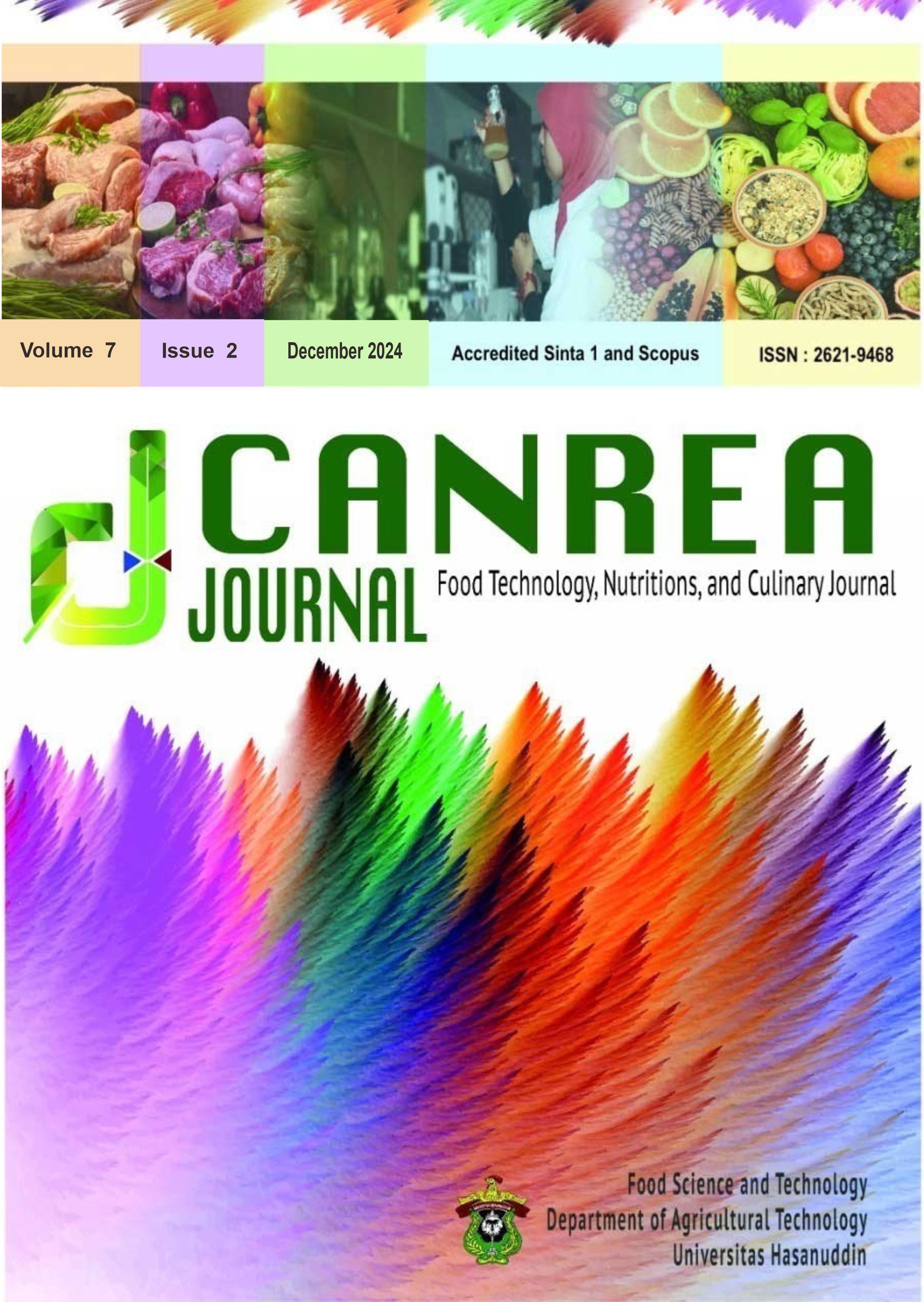Abstract
Population studies reported that most of the world's population consume an amount of potassium that falls below the recommended intake levels. The most prominent source of potassium are fruits, vegetables, and nuts. However, there is still limited study that shows spices and herbs (SH) contain high potassium. Potassium is a nutrient that is intimately linked to diet quality; however, the cooking process of SH frequently results in a reduction of its nutrient. This study is a literature review based on an electronic database concerning the nutritional content and the effect of cooking on the content of macromineral’s in SH. The data presented in this study were derived from Indonesian and United States food composition databases. The study found that SH mostly contains potassium in the category of medium to very high, as well as low sodium. The highest potassium content is found in turmeric, which is 2,080 mg/100 g. SH have long been used for culinary and medicinal purposes that require cooking methods, although the cooking process (dry heat cooking and moist heat cooking) affects the micromineral content in SH, especially moist heat cooking (steaming, blanching, and boiling), which significantly reduces potassium content. A comprehensive review of the extant literature in the field has confirmed that SH contains high potassium content and cooking process can decrease its potassium content. It is necessary to conduct further experimental research to prove potassium content of SH and the effect of other cooking processes on macromineral content in SH.

This work is licensed under a Creative Commons Attribution 4.0 International License.
Copyright (c) 2024 Canrea Journal: Food Technology, Nutritions, and Culinary Journal

